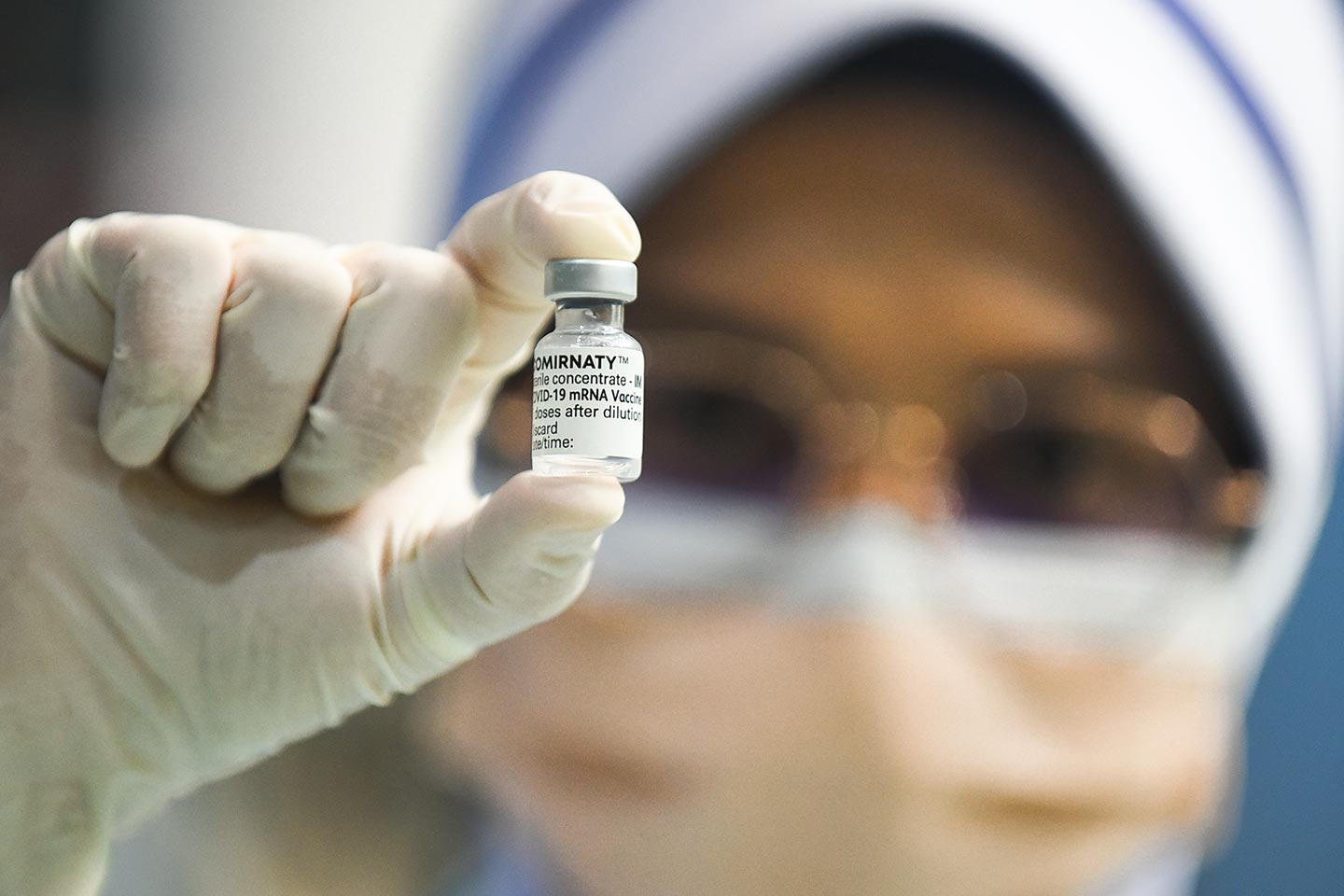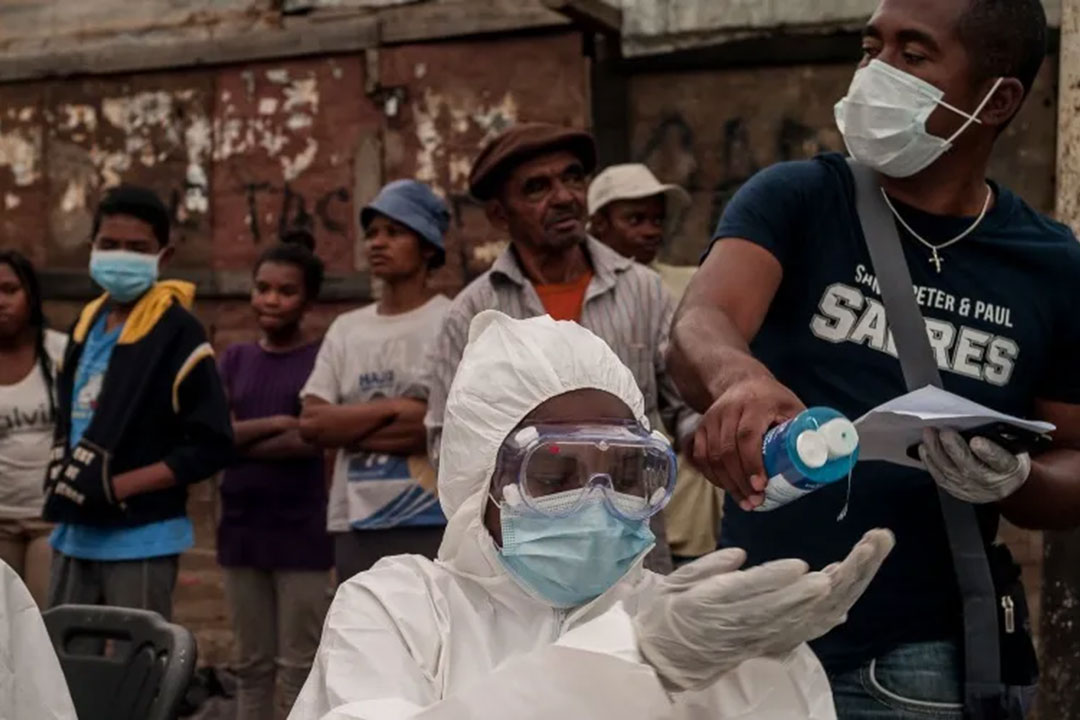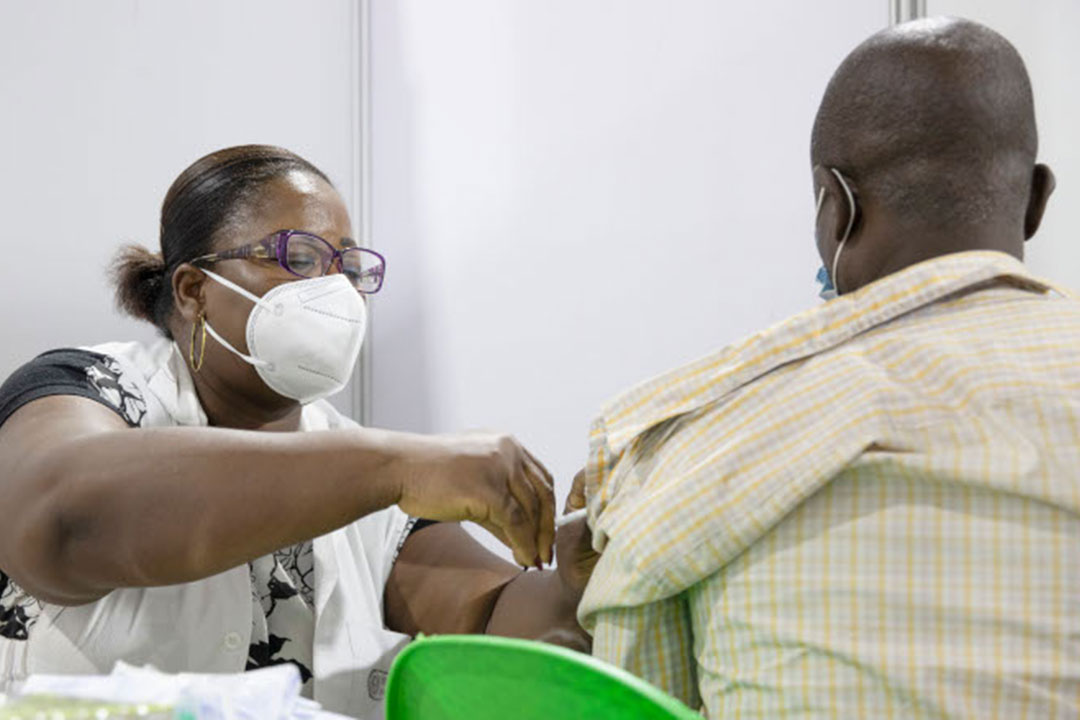COVID-19 vaccines: assessing country readiness
The key insights from the assessments to date present a high-level snapshot of country readiness to deploy COVID-19 vaccines based on initial findings from ongoing assessments in 128 countries.
- 30 March 2021
- 4 min read
- by World Bank

The global COVID-19 vaccination campaign will be the largest in history. The delivery of COVID-19 vaccines presents challenges unprecedented in scale, speed and specificities, especially in low and middle-income countries. In November 2020, anticipating the availability of safe and effective vaccines for COVID-19, the World Bank together with WHO, UNICEF, the Global Fund, and Gavi rolled out readiness assessments in more than 100 low and middle-income countries.
The key insights from the assessments to date present a high-level snapshot of country readiness to deploy COVID-19 vaccines based on initial findings from ongoing assessments in 128 countries.
The report findings are published at a time where many developing countries have already started inoculating their populations and many more have drawn up ambitious schedules for vaccine delivery over the next few months.
The World Bank is providing $12 billion for developing countries to purchase and distribute COVID-19 vaccines, tests and treatments and strengthen health and vaccination systems to ensure that vaccines get to those who need them. The assessments provide highly valuable insights into countries’ preparedness and will feed into World Bank projects.
MAIN REPORT FINDINGS
1. As countries ramp up efforts to vaccinate their populations against the deadly COVID-19 disease, the world’s poorest countries show varying degrees of readiness for this massive undertaking
The assessments found that 85% of countries have developed national vaccination plans and 68% have vaccine safety systems, such as for reporting adverse reactions. But only 30% have developed processes to train the large number of vaccinators who will be needed and only 27% have created social mobilization and public engagement strategies to encourage people to get vaccinated. Given the worrying vaccine hesitancy levels, strategies to generate confidence, acceptance and demand for the vaccine are urgently needed.
2. The existence of well-functioning child immunization systems is not a strong predictor of country readiness to deliver COVID-19 vaccines
Countries’ proficiency in vaccinating against other diseases does not predict their readiness to vaccinate individuals now. Countries have more experience vaccinating infants and children than adults, and therefore are not as prepared for the scale and speed needed for the campaign to slow the spread of COVID-19 disease and death. In addition, there is surprisingly little correlation between a country’s relative wealth and its readiness to deliver vaccines, in part because the novelty, extent and intensity of the pandemic has upended lives and livelihoods in higher-income countries.
Have you read?
3. Most countries are focusing on strengthening essential aspects of the vaccine delivery chain – enough to advance vaccination schedules and begin inoculating their populations
The pandemic’s devastating toll on health and economies, fear of highly contagious variants and public pressure to start vaccinations have prompted many countries to prepare aggressive vaccine delivery schedules. Although countries have many gaps in readiness, most have prepared well enough in most of the essential areas to begin inoculating their populations as soon as vaccines become available.
4. Few countries are using the opportunity provided by the deployment of COVID-19 vaccines to strengthen health systems and find long-lasting solutions for similar future challenges
Most countries are approaching the COVID-19 vaccine rollout as an emergency and emphasizing speed and expediency over deliberative system-strengthening. As a result, they are missing out on the benefits of long-lasting improvements that a systems approach could bring, such as developing a population registry or census of health care workers.
5. COVID-19 vaccination campaigns offer unique opportunities for countries to digitize their information systems for tracking vaccines and monitoring vaccinations
The large-scale vaccination mobilization offers a huge opportunity for countries to develop specialized digital systems to track vaccine delivery and vaccinated individuals, notify people to return on schedule for second doses, monitor vaccine safety and report adverse reactions.
6. The COVID-19 vaccine rollout is an opportunity to create environmentally-friendly cold chain that could be of use well beyond the current crisis
Thanks to previous investments by Gavi, cold chain requirements – the infrastructure needed to move the vaccine from production facilities to people’s arms via intermediate storage points while remaining chilled – are unlikely to stall the distribution of COVID-19 vaccines that require very low temperatures. At the same time, the vaccine roll-out presents an opportunity to sustainably strengthen the cold chain, such as by introducing environmentally-friendly refrigerants.
7. More countries are using indicative topdown methodologies instead of the new assessment framework and associated tools to cost gaps in readiness
The relatively fast and inexpensive top-down costing approach used by most countries produces crude estimates of vaccination campaign costs, as opposed to the rich information provided by the new assessment tool (VIRAT-VRAF 2.0) created by the World Bank, WHO and UNICEF, in consultation with partners like Gavi. Some countries are using a related WHO costing tool to estimate the detailed costs of meeting their readiness gaps.
www.worldbank.org/health | #Vaccines
More from World Bank
Recommended for you








